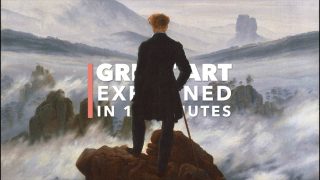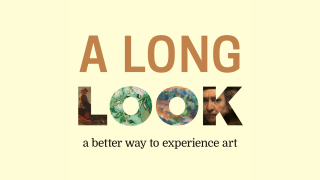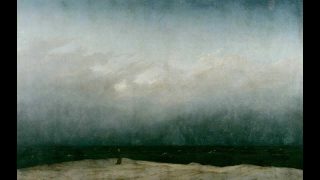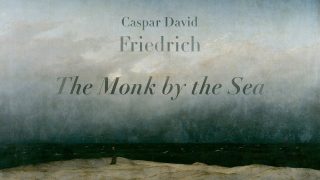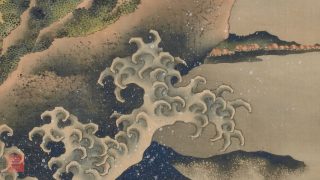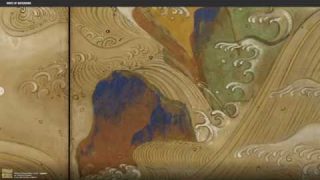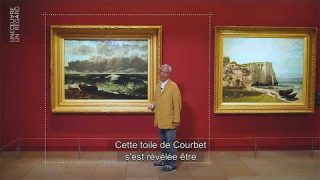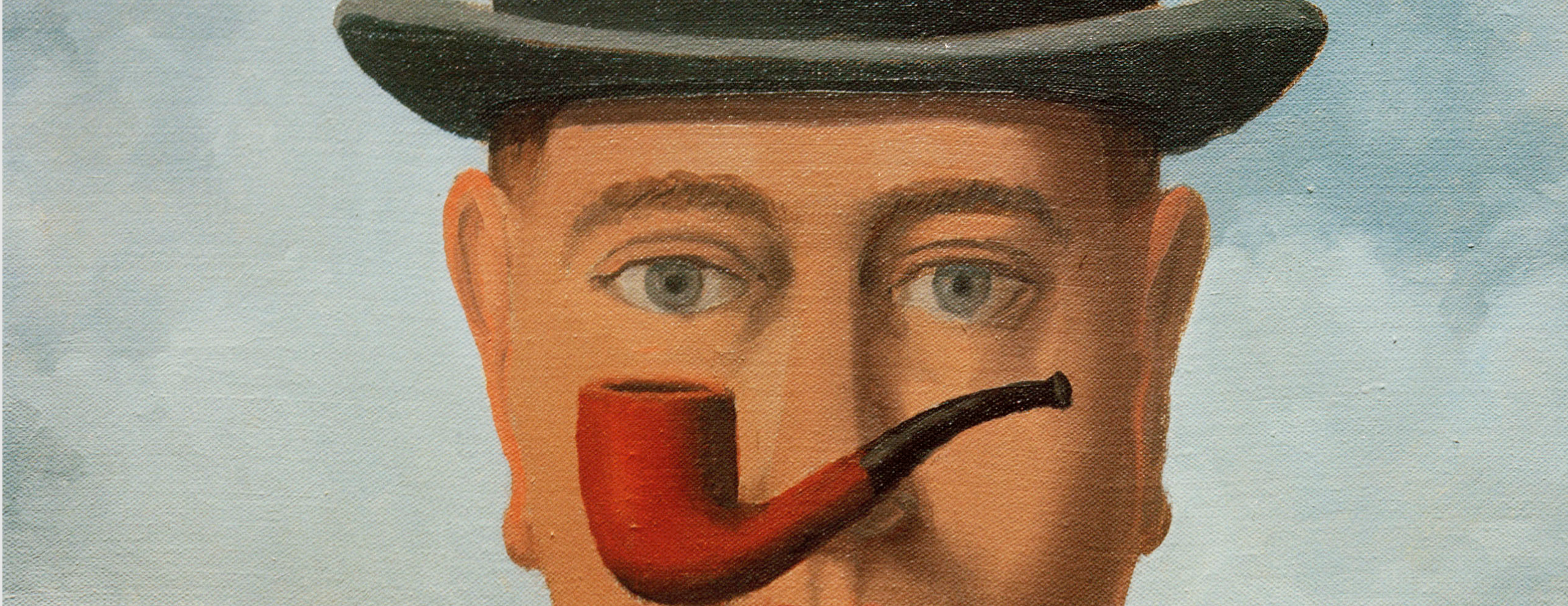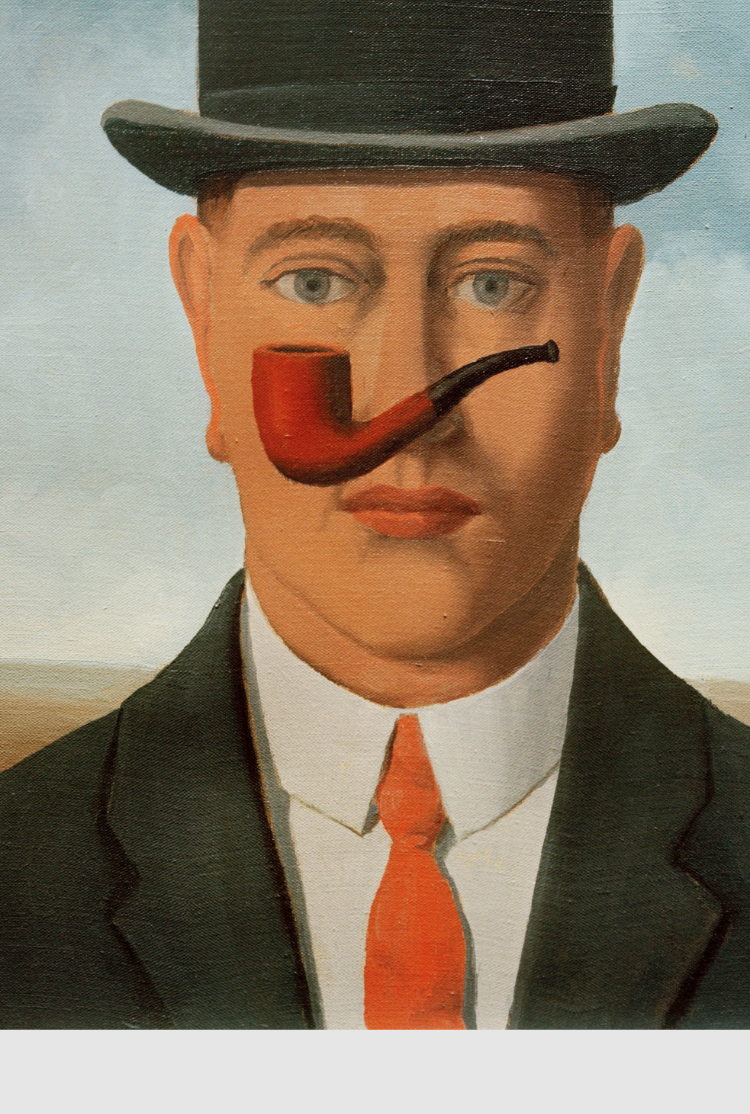The age of Enlightenment was a European intellectual movement of the 17th and 18th centuries, and it focused mainly on the power of human intelligence to explain the natural world. Romanticism emerged as a response to the cold science of the Enlightenment, with Romantics maintaining that art emerges from divine inspiration, and the artist’s role is as the mediator between the creative and the divine. The romantic age was characterised by a sense of drama and by the sublime spirit, a philosophical tradition, where a power or a force, an event or even beauty is so overwhelming, so awe inspiring and infinite, that it is beyond our comprehension. Nature, wild and uncontrolled became a major subject and the focus shifted to reconnecting with emotion and spirituality. The Wanderer Above the Sea of Fog by Caspar David Friedrich is a perfect embodiment of these ideas.
Content produced by : Great Art Explained
